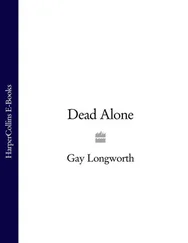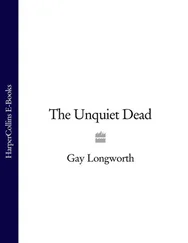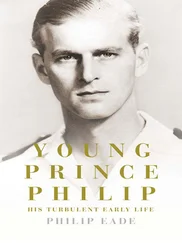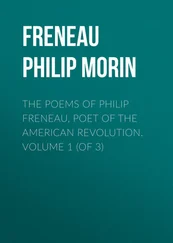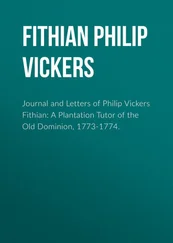More than that, Russian rulers sought legitimation by presenting themselves ceremonially in the manner of Byzantine emperors, as well as by virtue of their Christianity. Ilarion, whom Iaroslav had appointed metropolitan of Kiev in 1051, made the connection in a treatise on law and grace which contains a remarkable paeon of praise for Vladimir and by implication for his son Iaroslav: ‘You are similar to Constantine the Great, you are equally wise, and you love God as much, and therefore you equally deserve respect from his servants [the Church]… Let us praise… our leader and instructor, the great khagan of our land, Vladimir.’ 28
Iaroslav not only ordered the compilation of Russia’s first code of law (Russkaia pravda) , he issued his own coinage (presenting an image of himself enthroned in majesty) rather than continuing to use imported currency like Byzantine drachmas or oriental dirhams, and he was recognized as the peer of most other European rulers. Iaroslav had married a daughter of the King of Sweden; his son Vsevolod married into the Byzantine imperial family; his daughters married the kings of France, Hungary and Norway Magnus the Good, the future king of Denmark, was raised at his court; so was Harald Hardrada, who had been a mercenary commander in Russia and Byzantium, and was to be Harold Godwinson’s challenger for the crown of England in 1066. 29
The wealth, power and influence that Russia enjoyed in the time of Iaroslav held out every prospect of an even greater future. Russia’s territory was immense, its population had burgeoned, its commerce thrived, its ruler had European stature. Almost every augury pointed to a brilliant future. And yet this first Russian Empire was to shrivel and collapse within 200 years, and laroslav bears some responsibility for it. There was a flaw in the succession system which was serious enough to undermine the state, and laroslav was aware of it.
The fatal flaw was the ‘apanage’ system, the practice by which an estate was divided between one’s offspring. The eldest might get more than his brothers, but the others also inherited portions. This was the custom of the Slavs as it was of the Irish — princes and peasants alike. It seemed to carry some advantages in Russia, where both commercial and political success depended on unitary control of the immense river system from Novgorod in the north to Kiev in the south and from Polotsk in the west to Tmutorakhan (present-day Taman) in the east. Family interdependence implied trust, while also providing sufficient devolution of authority to facilitate effective regional control. Even the practice laroslav initiated of lateral succession, from brother to brother, rather than vertical succession, from father to son, had the advantage of entrusting the most important cities with their hinterlands to the most senior, and therefore most experienced, members of the ruler’s immediate family. However, as time passed and the family tree ramified, it became increasing difficult to determine the right pecking order, and the succession eventually became the object of almost perpetual dispute and feuding. 30Common blood does not necessarily imply harmony. Family members can fall out, especially when power is at stake.
Belatedly, laroslav himself recognized the danger and tried to avert it. According to a chronicler, before he died in 1054 he summoned his sons and begged them, much as Shakespeare has the dying Edward IV beg his courtiers, to love each other and his heir. If they did so, said laroslav, God would vanquish their enemies and peace would prevail. But, he warned, ‘If you live in hatred and dissention, quarrelling with one another, then you will ruin the country your ancestors won with so much effort, and you yourselves will perish.’
Though laroslav had had the authority to create a more centralized administration, he had failed to challenge the apanage principle. Perhaps he was too much of a traditionalist; perhaps it was politically impossible for him to do so. At any rate, his will was set in the traditional mould. He bequeathed the throne of Kiev to Iziaslav, his first-born, and four other cities to his other sons, Sviatoslav, Vsevolod, Igor and Viacheslav. If any of them violated the boundaries of another’s territory or tried to oust him, the others were to join together to help the brother who had been wronged. 31Beyond that, Iaroslav had only exhortations for them. It was not enough. The falling-out was not long delayed.
The masters of the steppe, which ran eastward of the Kievan frontier, were now the Polovtsians, otherwise known as Cumans or the Kipchak horde. Anxious to break into the profitable slave trade and to filch such plunder as they could from Russian territory, their raiding parties were becoming a nuisance, and to the more exposed cities even a danger. In 1068 these Polovtsians succeeded in routing a Russian army trying to keep them out, and this precipitated a revolt against Grand Prince Iziaslav of Kiev. The rebels evidently thought Iziaslav was failing them over the issue of defence. The invaders were turned back by Sviatoslav’s forces and order was restored to Kiev. However, the divisive issue of the succession remained. Iziaslav’s three brothers joined forces to remove him, and Sviatoslav gained control of Kiev. But he died in 1077, at which Iziaslav returned from refuge in Poland and took over again.
When he was killed in the following year, a chaotic period of family infighting followed — only briefly interrupted by war against the Polovtsians. The premier city passed into the hands of Iaroslav’s last surviving son, Vsevolod, but he died in 1094, and from then on the crisis deepened. Attempts were made to find an accommodation between rival members of the family, and it was agreed to abide by Iaroslav’s will by giving Kiev to Iziaslav’s son Sviatopolk as a patrimony, Chernigov to the sons of Sviatoslav, and so on. But, as generation succeeded generation and the lines of precedence among Iaroslav’s numerous descendants became more and more blurred, the spirit of family solidarity withered, and the tendency to civil strife grew.
Apanages became patrimonies, and the Rus state came to resemble a ramshackle collection of little independent duchies. Pressure from the Polovtsians increased, and some of them joined in the Russians’ family fights. Fear of the steppe people and a sense of the common interest sometimes made for co-operation, but family conflict always flared up again and the fear of civil war was pervasive even in quiet times. ‘Why’, wailed a chronicler, ‘do we ruin the land of Russia by continual strife against each other?’ 32
The answer was ambition, aggressive individualism, resentments enshrined in family memories, the prevailing sense of honour — familiar enough in western Europe at that time, where they also led to rebellion and civil war. Then in 1113 Vladimir Monomakh became grand prince of Kiev, and the old sense of family solidarity briefly reasserted itself.
Vladimir was born in 1053, a year before the death of Iaroslav, his grandfather. The offspring of Vsevolod of Chernigov and a Byzantine princess, he liked to boast of his toughness and prowess. In his autobiographical testament he wrote that
I [have] captured ten or twenty wild horses with my own hand… Two bison tossed me and my horse on their horns, a stag gored me, an elk trampled me underfoot, another gored me with his horns, a wild boar tore my sword from my thigh, a bear bit my saddle-cloth next to my knee, and another wild beast jumped on to my flank and threw [down] my horse with me… [Yet] God preserved me unharmed. I often fell from my horse, fractured my skull twice, and in my youth injured my arms and legs, not sparing my head or my life. 33
Vladimir was literate as well as courageous. An heir to both the Slavonic tradition of Russia and the Greek tradition of Byzantium, it was in his reign that Slavonic replaced Greek on his official seal. Yet he treasured his Roman-Byzantine heritage too, having frescos painted in Santa Sophia depicting an emperor presiding over games in the hippodrome. Vladimir sponsored public works, building a bridge over the Dnieper and erecting Kiev’s ‘Golden Gate’, celebrated in one of Mussorgsky’s Pictures at an Exhibition; and he was also a loyal and generous son of the Church.
Читать дальше
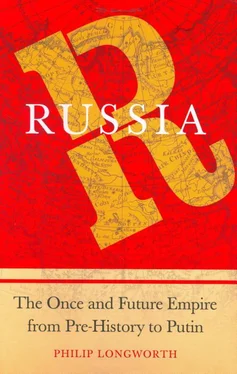




![Stephan Orth - Behind Putin's Curtain - Friendships and Misadventures Inside Russia [aka Couchsurfing in Russia]](/books/415210/stephan-orth-behind-putin-s-curtain-friendships-a-thumb.webp)

